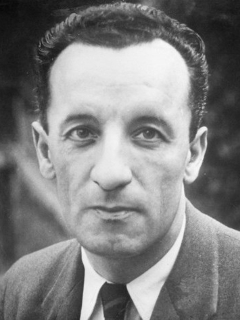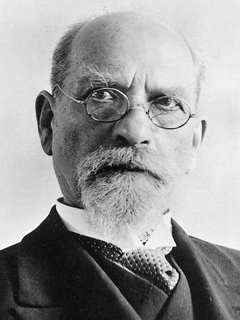
Publication details
Publisher: Springer
Place: Berlin
Year: 2013
Pages: 285-303
Series: Contributions to Phenomenology
ISBN (Hardback): 9783319016153
Full citation:
, "The phenomenology of embodiment", in: The phenomenology of embodied subjectivity, Berlin, Springer, 2013


The phenomenology of embodiment
intertwining and reflexivity
pp. 285-303
in: Dermot Moran (ed), The phenomenology of embodied subjectivity, Berlin, Springer, 2013Abstract
It is often assumed that Maurice Merleau-Ponty's notions of "intertwining', "interlacing' (l'entrelacs, entrelacement) or "chiasm' (le chiasme, le chiasma), as articulated especially in his later texts, e.g. The Visible and the Invisible, the associated "Working Notes', and his later lectures in the Collège de France, count among his own original contributions to articulating a phenomenology—and indeed ontology—of the "flesh' (la chair) aimed at overcoming the Cartesian split between mind and body which he believed still haunted his earlier account in The Phenomenology of Perception (1945). In this chapter, I show not only that Husserl's idea of "intertwining' (Verflectung) is the original inspiration for Merleau-Ponty but also that Husserl's radical phenomenology of the lived body (Leib) already lays the ground for the new way of conceiving conscious embodied conduct that overcomes the Cartesian separation of thought from sensibility that comes to the fore in the late Merleau-Ponty. I shall also point out that Merleau-Ponty never forgets to acknowledge his debt to Husserl in this respect.
Cited authors
Publication details
Publisher: Springer
Place: Berlin
Year: 2013
Pages: 285-303
Series: Contributions to Phenomenology
ISBN (Hardback): 9783319016153
Full citation:
, "The phenomenology of embodiment", in: The phenomenology of embodied subjectivity, Berlin, Springer, 2013



